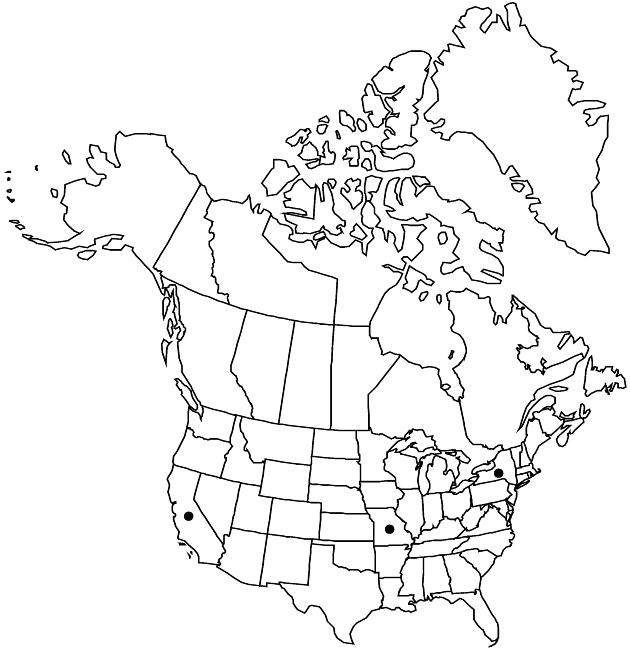Centaurea diluta
Hort. Kew. 3: 261. 1789.
Annuals or perennials, to 200 cm. Stems simple proximally, openly branched distally, glabrous or thinly hairy. Leaves thinly pubescent, basal and proximal cauline petiolate, blades 10–15 cm, margins coarsely pinnately lobed; mid cauline sessile or short-petiolate, short-decurrent, blades obovate or narrowly oblong, 2–8 cm, entire to pinnately lobed; distal cauline oblong, entire to irregularly lobed. Heads radiant, in open cymiform arrays, pedunculate. Involucres ovoid, 8–15 mm diam. Principal phyllaries: bodies greenish, ovate, scarious-margined, appendages stramineous to brown, scarious, fringed with slender teeth, tipped by slender spines 1–5 mm. Innermost phyllaries unarmed with brown, expanded, lacerate appendages. Florets many; corollas pink-purple, those of sterile florets 25–30 mm, enlarged, raylike, those of fertile florets ± 20 mm. Cypselae tan, 3–3.5 mm; pappi many, white, unequal bristles 3–5 mm. 2n = 20.
Phenology: Flowering spring (Apr–Jun).
Habitat: Escaped from cultivation in disturbed sites
Elevation: 0–100 m
Distribution

Introduced; Calif., Mo., N.Y., sw Europe, n Africa.
Discussion
Selected References
None.